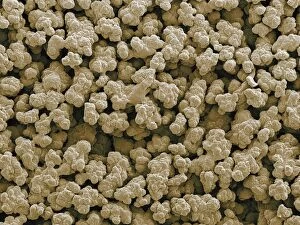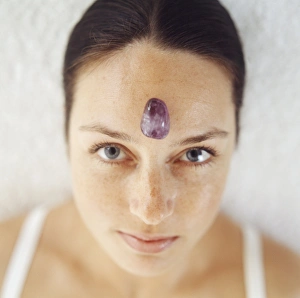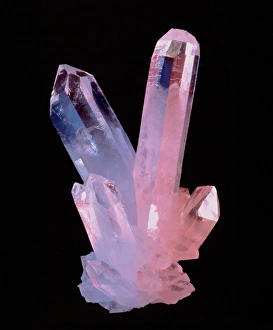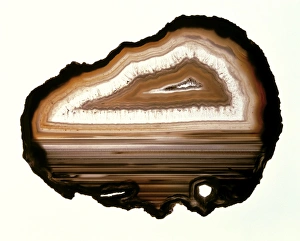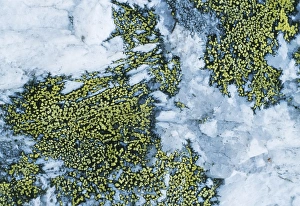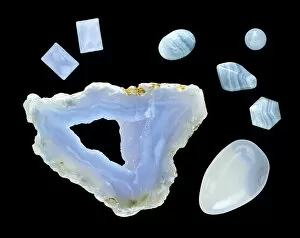Silicon Dioxide Collection
Silicon dioxide, also known as silica, is a versatile and abundant mineral that plays a crucial role in various aspects of our lives
All Professionally Made to Order for Quick Shipping
Silicon dioxide, also known as silica, is a versatile and abundant mineral that plays a crucial role in various aspects of our lives. From its presence in stunning gemstones like cut agates, amethysts, and smoky quartz crystals to its significance in the formation of carbon and silicate planets, silicon dioxide never fails to captivate us. In the world of science and technology, silicon dioxide finds applications beyond aesthetics. It serves as an essential component in nucleic acid isolation resin for genetic research (SEM C014 / 4732) and aids in the production of artificial quartz crystals (C015 / 6210), which are widely used for their durability and beauty. The captivating allure continues with large citrine gemstones (C016 / 4865) shining brightly with their golden hues. Even HED meteorites reveal intricate patterns under light micrographs (C013 / 7774), showcasing the interplay between silicon dioxide and cosmic forces. Nature's artistry shines through amethyst crystals (C013 / 6669) while granite formations (C013 / 6563) remind us of Earth's geological wonders. And who can resist the delicate beauty captured by rose quartz crystals observed under scanning electron microscopy? Silicon dioxide is not just limited to being visually pleasing; it possesses remarkable properties that make it indispensable across industries. Its strength, heat resistance, electrical conductivity, and optical transparency have made it a go-to material for manufacturing glassware, ceramics, semiconductors, solar panels – you name it. So next time you admire a sparkling gemstone or marvel at advanced technological devices powered by cutting-edge materials – remember that behind all this lies the incredible versatility of silicon dioxide.




